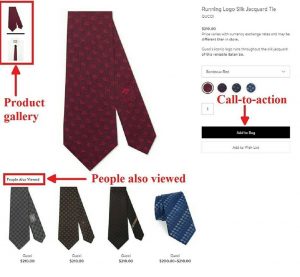Standing up a Marketing Automation platform requires collaboration and decision making. Most of the decisions are large scale, like governance and system access levels; some of the decisions require collaboration with IT, like where you’ll host your landing pages or what email address you will send emails from.
Don’t start yourself off on the wrong foot. One of the biggest mistakes a company can make is starting off their use of Marketing Automation (or even Email Automation) with an email address that starts with noreply@. By doing this you immediately show people you don’t want to have a two-way conversation.
Not everyone on your team may feel as strongly about noreply@ though, so you may need a bit of ammunition to convince them:
1. Reply Emails Go Into the Abyss
I know, right off the bat you’re thinking, “What replies? And who is going to monitor this?” Realistically you may not get a single reply except auto-responses from out of office and the occasional notice letting you know an email address is out of commission. These auto-replies may take a little bit of time to review and clean out, but it’s a great tool for keeping your database clean (and it’s free!)
You can also use those out of office responses to analyze the best send days. This is data that would go unexplained otherwise.
But let’s say that someone has a genuine interest in the content that you’re sending them and they reply to the email for more information. Your noreply@ email address sends their response into the abyss of the internet. You’ve lost a potential customer or client because you decided you didn’t want to receive communication from them.
2. Deliverability
While this word can be easily misunderstood, it’s important to call out the fact that recipient engagement with your emails is a major component of how ISPs measure deliverability. A noreply@ email address isn’t going to entice a user to engage with your email like it would if that same email came from a “real” sender.
3. Legal Requirements
Many laws governing email (think CAN-SPAM, CASL) require that you respond to requests to unsubscribe users from your emails in a reply. If you have a noreply address there is a disconnect in your response chain and thus your ability to honor that unsubscribe request.
CAN-SPAM also requires that your addresses not be misleading or false. While it is a little bit of a stretch to say a noreply address is misleading, transparency is always the best answer for managing your email marketing. Why not start with the sending address?
Even though it can be enticing to hide those pesky unsubscribes and keep your inbox clean by using a noreply@ email address, you want to open the lines of communication, not shut them down. Instead of building a wall between you and your customer, send your emails from a real person, even if that reply email goes into a filtered inbox that is checked less frequently. Customers want to feel heard and appreciated, so it’s up to you and your marketing team to make that happen.
Digital & Social Articles on Business 2 Community(49)





